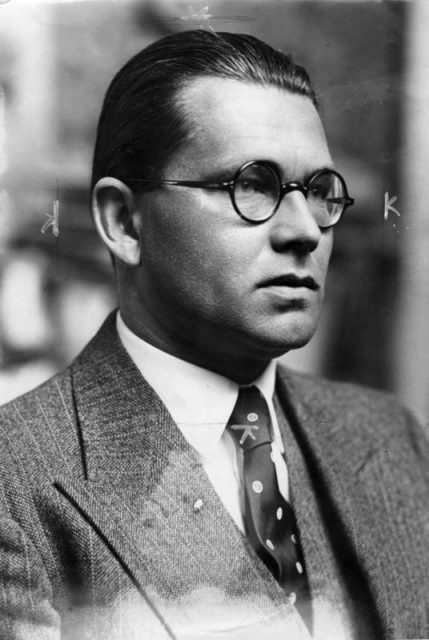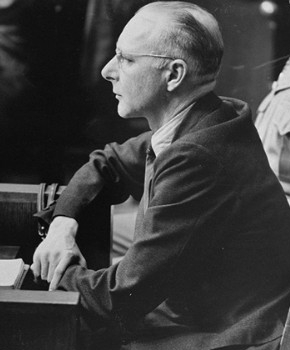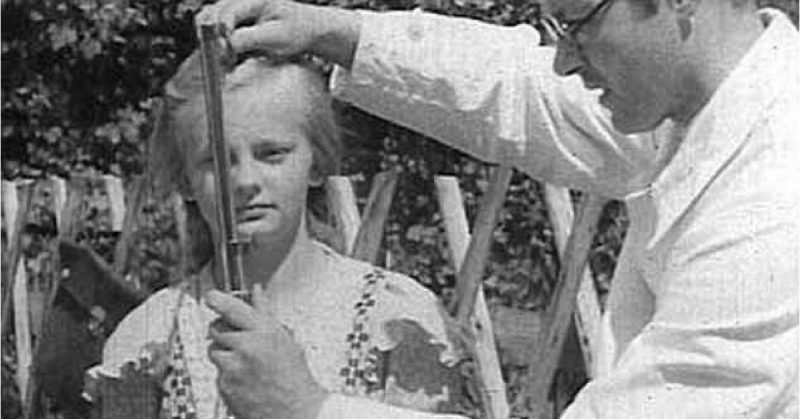Research carried out on previously unexamined documents from the Nazi era that was specifically aimed at understanding the work carried out by doctors during WWII has thrown up some disturbing new evidence around the activities of Professor Hans Asperger. Today, Professor Asperger’s name is linked to a type of high-functioning autism, but it has also been linked to the murder of hundreds of disabled children during WWII.
A new study undertaken by an Austrian historian specializing in medical history, Herwig Czech, from the Medical University of Vienna, has found evidence that Professor Asperger worked with the Nazi regime and was implicated in sending hundreds of children, especially those who were mentally or physically challenged, to their deaths.
These children were sent to the Spiegelgrund Clinic in Vienna. This clinic is known to have sent 789 children to their deaths, usually by gassing, lethal injection, disease, starvation or horrific medical experiments, under a Nazi program known as Atikon T4.

Atikon T4 was a horrendous program that was personally authorized by Adolf Hitler and was aimed at exterminating all those that were mentally or physically disabled or uncurable. The intention was to remove these ‘poor genes’ from the gene pool and was responsible for the slaughter of 300,000 people from Poland, Germany, Austria, and the Czech Republic between the years 1939 and 1945.
One specific case involves a 3-year-old little girl, Herta Schreiber, whom Asperger noted had a severe personality disorder and must have been a burden on her mother, who already had five other healthy children to look after. He recommended that the child should be permanently placed at the Spiegelgrund Clinic. She died shortly after her third birthday from pneumonia. Pneumonia was a common cause of death brought on by the continuous use of barbiturates.
Czech described Asperger as politically conservative and not active in a political sense, but he was part of a commission that was convened to classify over 200 children that were living in a psychiatric hospital. The commission was to identify the children’s potential for future development.
Of those examined, 35 were identified as being hopeless and unteachable, thus unemployable. This label was effectively a death sentence to these children, and while there is no evidence to indicate what happened to these specific children, most children labeled as such would be put to death with a lethal injection or gas. One would expect a pediatrician would have made an effort to ensure that these children not be condemned to death for nothing more than having some form of mental disability.

This new information will inevitably taint the reputation of the doctor, whose name is used to identify a specific syndrome. The director at the Centre of Autism for the National Autistic Society, Carol Povey, stated in an interview with The Independent that the Society expects that this new information will cause some unhappiness amongst the people that identify with the term ‘Apserger’ within the 700,000 autistic patients and their families in the United Kingdom.
Ms. Povey took time to explain that the Society would monitor the feelings of their members about how they view this news and would be guided by them as to what language they would like to use to describe this particular form of autism. The Society would not like those people diagnosed with Asperger Syndrome to feel tainted by this discovery.
Asperger’s Syndrome is identified in patients with an average or higher than average intelligence and with a poor ability to interact socially with others. In 1944, Professor Asperger used the term “autistic psychopathy” to describe four children that were under his care and exhibited these specific symptoms. The label ‘Asperger’s Syndrome’ was coined in 1981 by Lorna Wing, a British psychiatrist, in honor of Professor Asperger.
